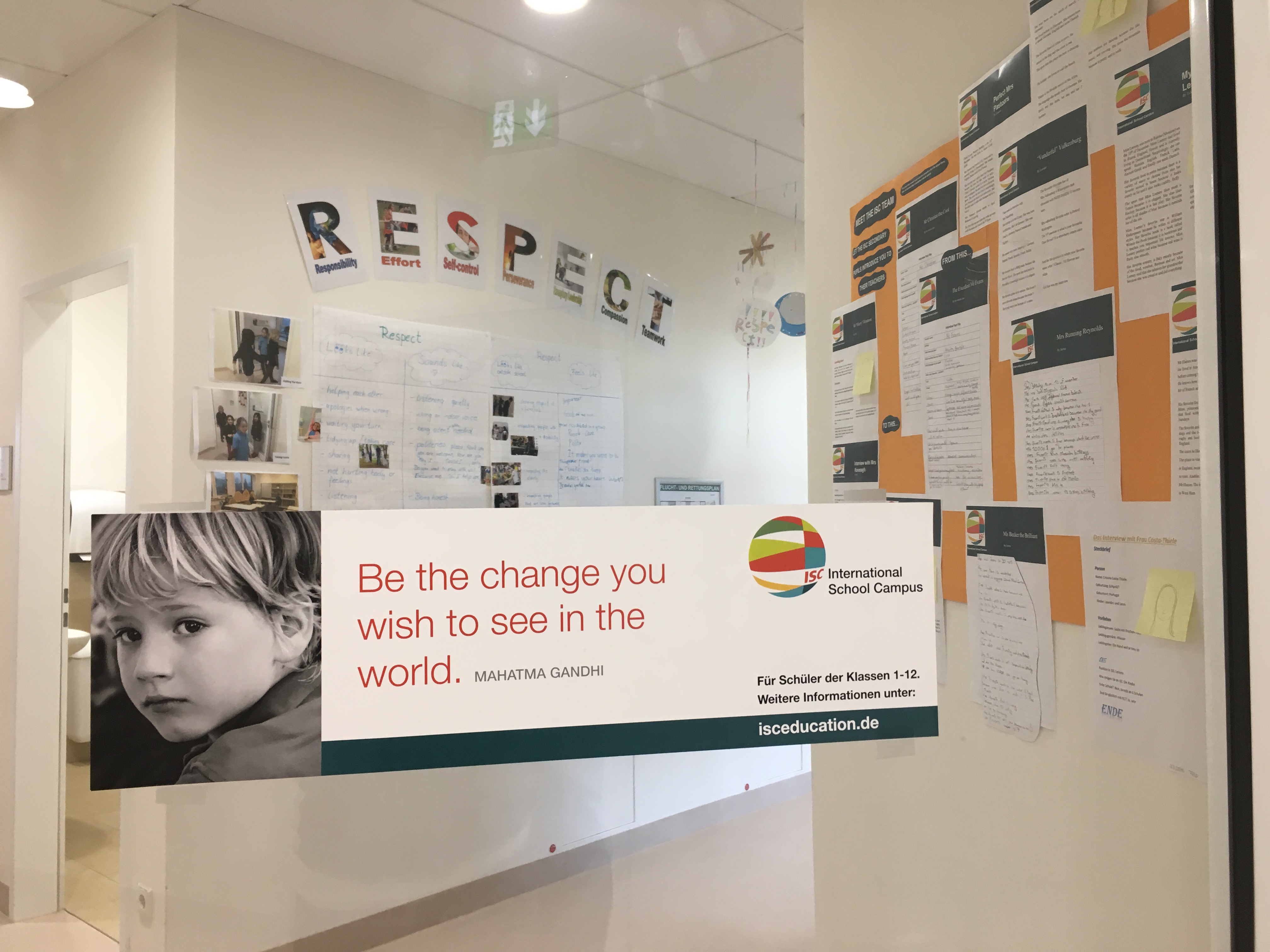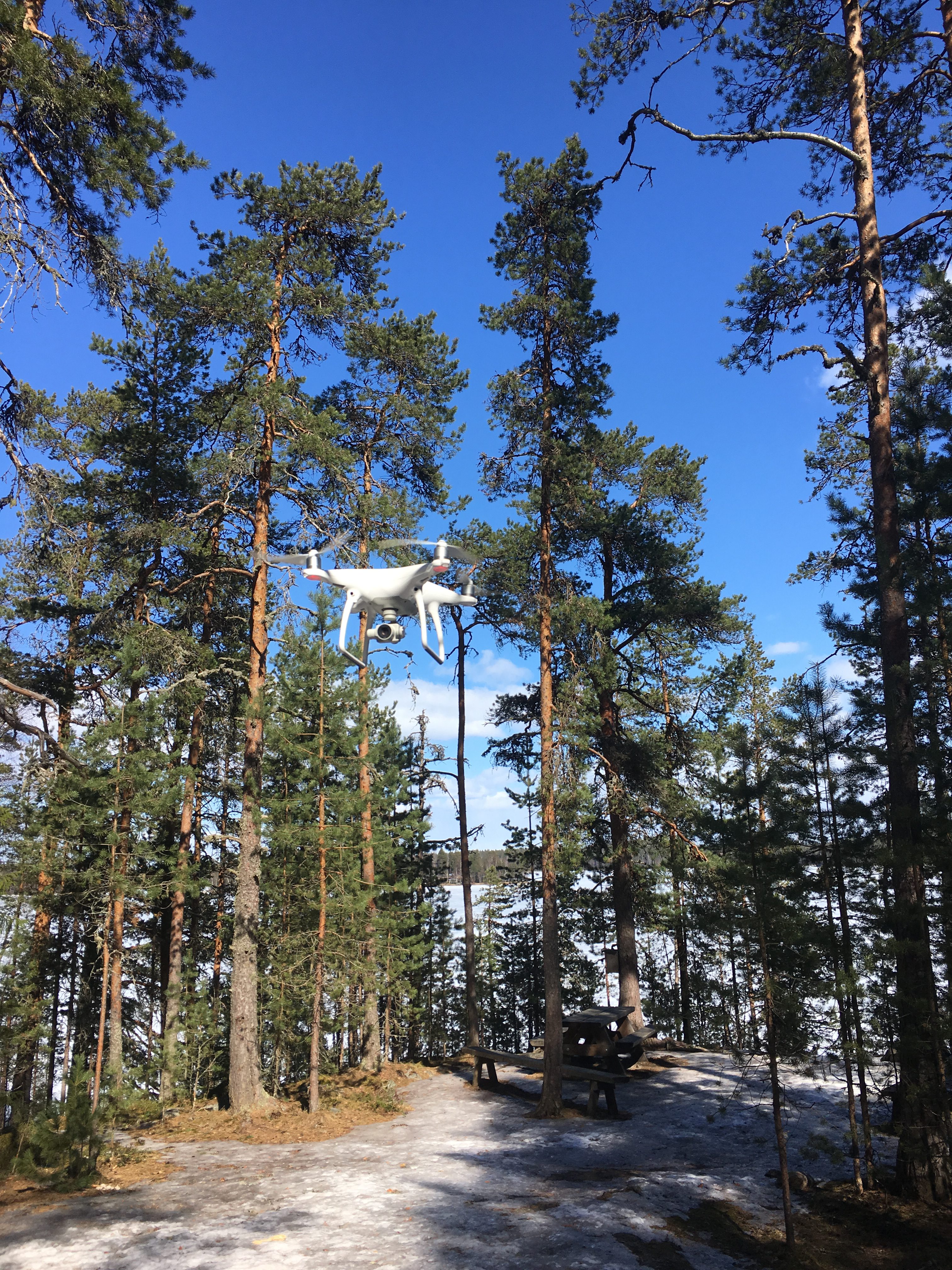
INDEX Design to Improve Life Battle 2017
It is interesting how life can circle back around sometimes. Two years ago, I met Lotte, the Education Director at INDEX Design to Improve Life. A company based in Copenhagen, Denmark, INDEX had developed a detailed structure to use design thinking and problem-based learning (PBL) in the classroom. Lotte was in town to implement this structure with students at UC Denver.
She heard about my school, Colorado STEM Academy, through a friend of mine, and came to visit. She was interested to see how we were implementing STEM and PBL in our instruction, and what our plans for the future regarding implementation were. At only our second year, our school was still figuring out and learning best practices for helping our students be successful in this new way of instruction. This is where she offered her resources on INDEX’s Compass, a structure to help students and educators implement PBL and design thinking.
Over the course of the next two years, my own expertise in implementing PBL in my classroom developed with the help of resources from the Buck Institute for Education, design thinking, and INDEX’s Compass.
Fast forward to today, where I am returning from a weekend filled with new inspiration. This trip brought new perspectives for my Fulbright inquiry project about PBL, STEM, and design thinking.
When I came to Finland, I immediately got in touch with Lotte. She said I was welcome for a visit anytime I was in Copenhagen. It is a lot easier to travel between countries when you are already in Europe, so it was fairly seamless to coordinate a trip.
What is the INDEX Design to Improve Life Challenge? These challenges for students aim to create “sustainable solutions to societal challenges”. Students work through the design process and use INDEX’s Compass to develop solutions with groups of students at their school.
This year’s challenge was to design a way to improve the health of the citizens of Helsingør.
March 9th marked the final “Battle” for 20 student teams from schools all over Helsingør, a city just outside of Copenhagen, Denmark. Students ranged in age from 7-15, and typically had 4-8 team members. The 20 groups were chosen in February from over 7,000 students who participated in the project to compete in the “Battle” for the prestigious Innovation Award.
The solutions teams came up with were varied and creative. Students came up with ideas such as brain break boxes or a smart watch to measure stress. There was also a watch that would measure your blood alcohol level through your sweat, and an app that allowed you to find friends with similar interests during your recess break. One of my favorites was a monitoring application to reduce the amount of time allowed exploring social media sites such as Instagram and SnapChat.
The “Battle” began with students setting up their projects in a large auditorium, which was bustling with families, friends, and teachers who came to support the teams of students. In the first round, all teams presented to a panel, or a “jury”. The juries evaluated the teams on their presentation skills, project implementation possibility, design process, and overall solution to the challenge.
From here, the top 9 teams were chosen, with representatives from all ages groups. There was a lot of excitement when this announcement was made. Teams that were not chosen in the top 9 were given feedback on their projects from staff members at INDEX, their teachers, and other teams. The top 9 teams prepared for their presentations to the entire audience.
These top 9 teams presented their projects on stage for all the audience members and the jury. The jury went into their final deliberation and chose the teams who would receive The Innovation Award.

The winning team is rewarded with a check for about $300 and confetti!
The winning team designed a system in the city for students to drop off unwanted sporting gear for students who could not afford proper gear. Not only was their idea unique, it was also easy to carry out in the city, and had solid plans for scalability and sustainability as well.

A Day in a Danish School
The day after the Battle, I had the opportunity to visit Byskolen, a school in Helsingør. This was one of the many schools that were implementing the INDEX Design to Improve Life Compass methods. The 6th grade students were working with the Compass to tackle the United Nation goals in their design projects.
From promoting gender equality to sustainable communities to clean water and sanitation, students helped raise awareness and develop solutions to these goals. A few of the student groups prepared presentations in English for me, and several of the other students were happy to show off their English and explain their projects.
In addition to talking with students, I also had the opportunity to talk with teachers at the school, and Kari, the head of several schools in Helsingør. With my time spent learning about the Finnish education system, it was interesting to compare it to the Danish schools.
A few things I learned:
- All students learned how to swim in school. They go through a week-long intensive course that is often a highlight for many students.
- Since biking is such a big part of the culture in Denmark, students also take a kind of “driver’s education” for biking, which includes a test in 4th and 6th grade. The latter of the two involves students biking through the city in traffic.
- Because of a strike a few years ago, the teaching hours and school schedule have changed. Whereas the schedule used to be very similar to Finnish schools with different start/end times each day, now all teachers have contracted hours in which they are to be at school.
- Students have long breaks during the school day- not as frequently as the schools I’ve seen in Finland, but they do have an hour at lunchtime to eat, play sports, or hang out with their friends.
Enjoying Copenhagen and Helsingør
Of course, it wouldn’t be a trip to a Copenhagen without a bike tour around the city, a visit to the city’s amazing design district, and educating myself at a few museums. While I spent most of my time with the schools, I also took time to explore the cities to get to know a little about the Danish culture.
Museums
I visited the Design Museum in Copenhagen and the Maritime Museum of Denmark, both of which I highly recommend. I enjoyed learning about the maritime culture (and also feeding my love of the sea) in Helsingør. And, after a long day of walking and biking the city of Copenhagen, I escaped the cool weather for a bit by ducking inside the Design Museum. I was intrigued by the thoughtful descriptions, interactive exhibits, and layout of the museum itself.
Fun fact! The world-renowned Maritime Museum is located underground in the Helsingør Shipyard dry docks.
Helsingør
The historical fishing village of Helsingør was a beautiful place to spend an afternoon. I wandered around the harbor, Culture Yard, pedestrian zones, and the Kronborg castle.
Copenhagen
I had to join in the biking culture for a day and experience the city the way the rest of the Danes do: by bike. With nine out of ten Danes owning a bike, and the most efficient infrastructure for city biking I have seen, it was a must-do for seeing the city. I visited Freetown Christiania, established by a group of hippies in 1971. Then, it was a winding journey through the different canals and harbors in the city. I parked the bike and walked the one of Europe’s longest pedestrian zones, the Strøget, and explored some of the design shops in other areas of town. The day ended with a visit to Mikkeller, the famous microbrewery in Copenhagen. While the beer is not actually brewed here but rather produced in collaboration with other breweries, I still enjoyed sampling some of their tasty selections.
Copenhagen took my breath away, and is a city I will definitely be returning to in the future!








